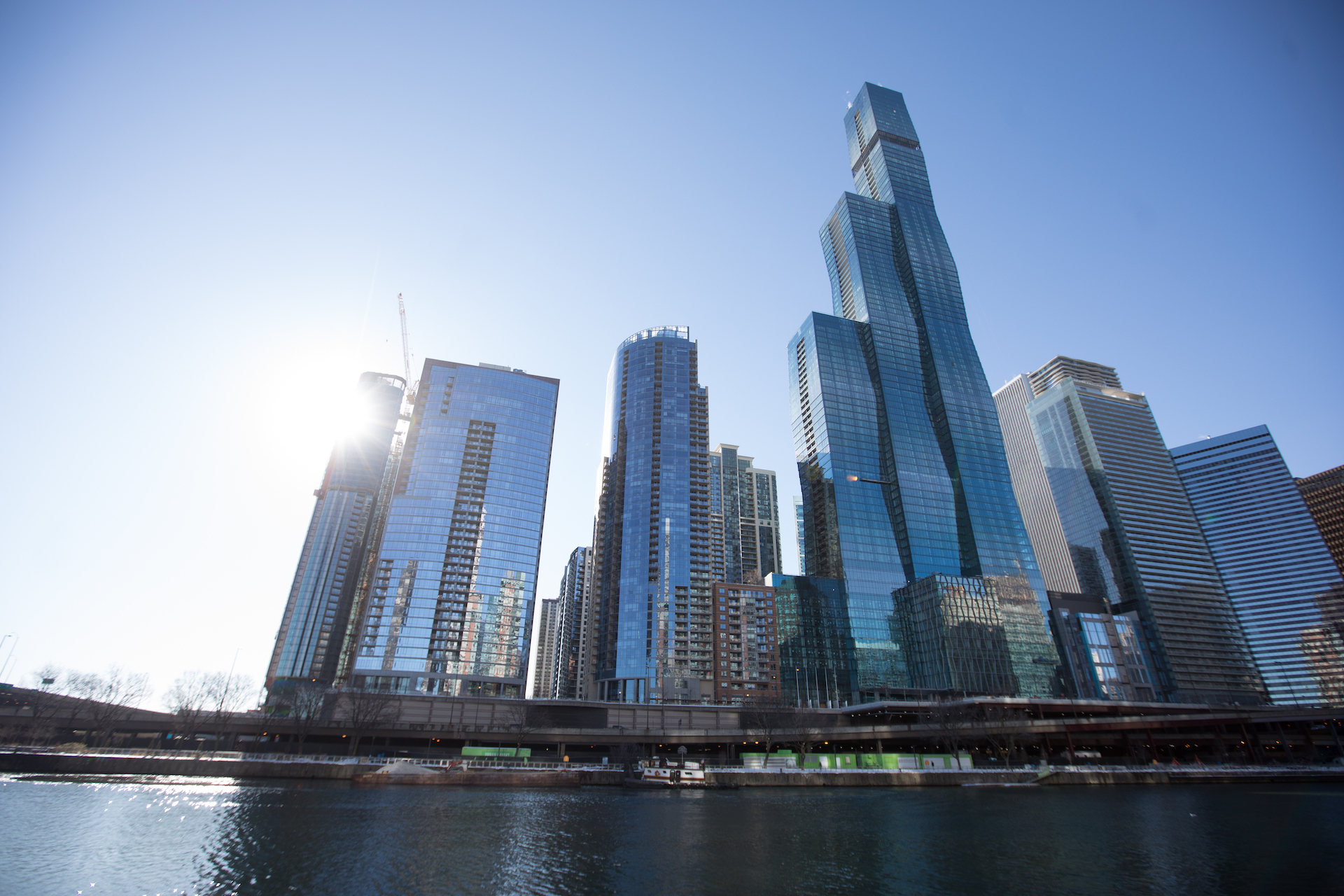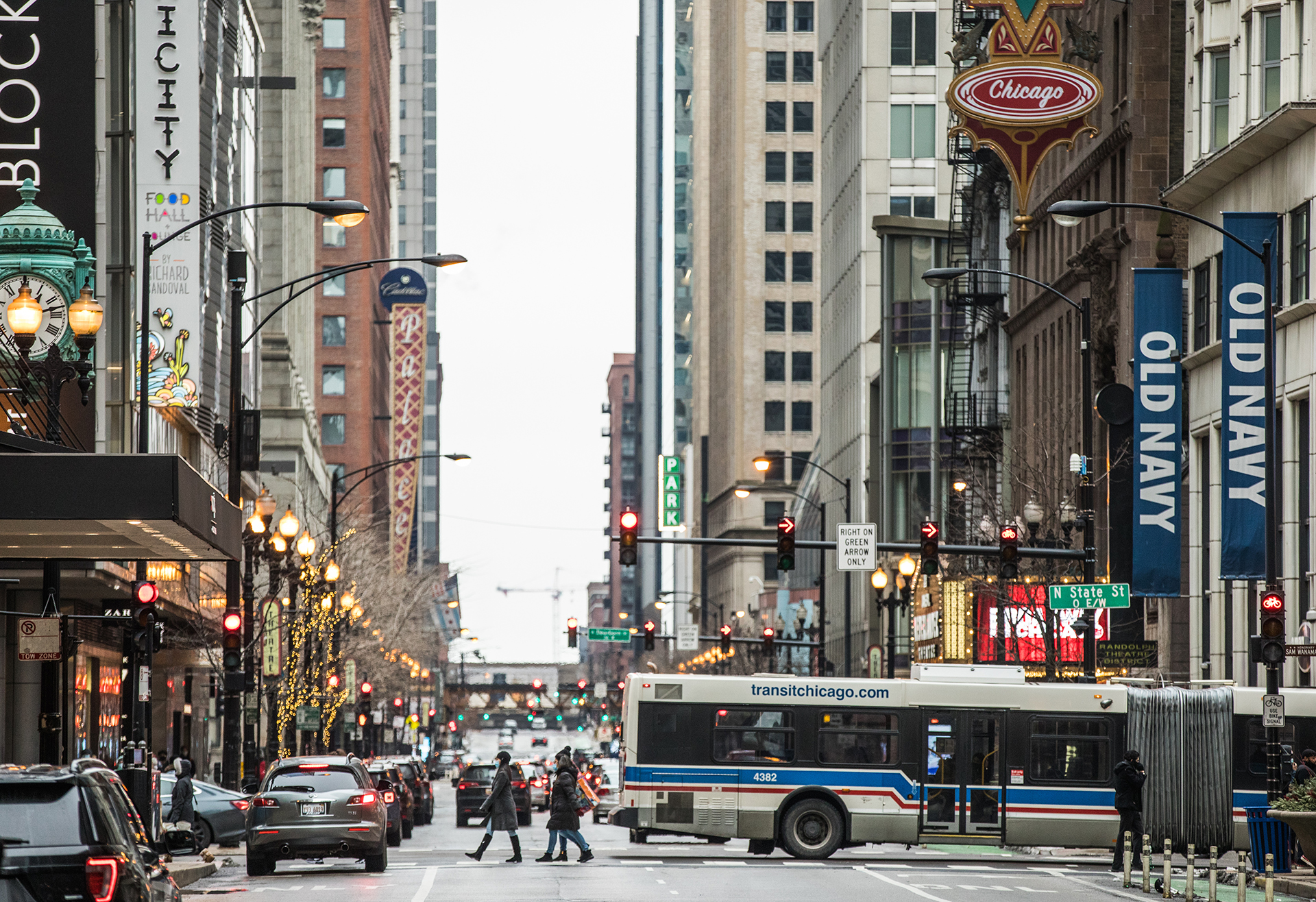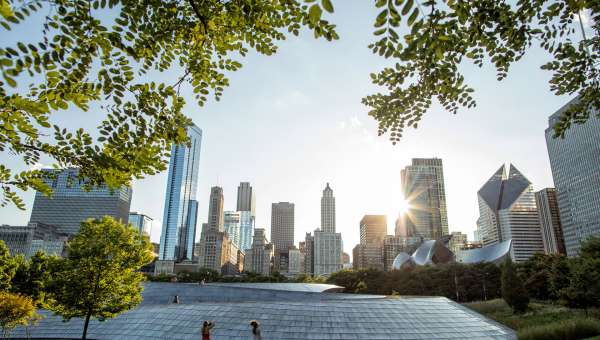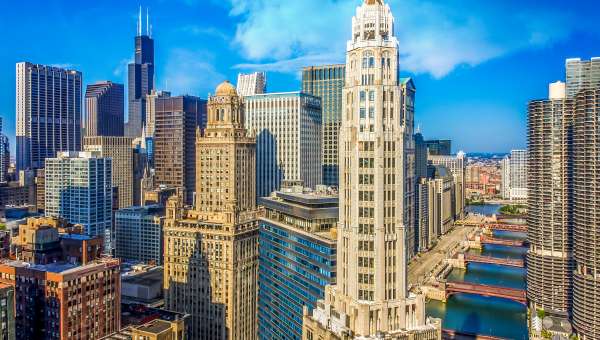Posted 4 years ago in Trending
3 MIN READ - Chicago Loop Alliance today released a new report, The Chicago Loop’s New Demography: Reviewing Change from 2010-2020, based on U.S. Census data. The report shows the Loop is the fastest growing Chicago neighborhood, and Chicago’s downtown is the fastest growing in the United States. View the report here.
“The pandemic showed us the importance of the Loop continuing to trend toward a mixed-use district with a healthy residential population to support the storefront economy,” said Chicago Loop Alliance President and CEO Michael Edwards. “This is a trend we’ve seen in downtown Chicago for years, but the Census data puts hard numbers to the idea and shows just how fast this residential growth is happening—faster than any other Chicago neighborhood. And Chicago has had the fastest-growing downtown in the country for 30 years, a testament to the opportunities and amenities our central district offers.”

Despite concerns early in the pandemic that COVID-19 would drive downtown residents to the suburbs, the Loop’s residential growth has continued in 2021.
“Based on the unprecedented rental velocity we’ve seen in downtown Chicago this year, I’m not surprised to hear the Loop is leading the pack as the fastest-growing Chicago neighborhood,” said Ben Creamer, co-founder and managing broker of Downtown Apartment Company. “We continue to see tremendous job growth in the city’s urban core, and that has led to an influx in relocations from out of state, as well as a higher-than-normal demand from locals looking for apartment homes located in the heart of the city. One common thread among the renters driving this growth is the desire to live close to restaurants and work—even if they aren’t in the office every day—and that has led to a healthy recovery of the downtown rental market, where we’ve already eclipsed 2020 with the number of new leases signed in the Loop and seen rental rates rise by 17-29 percent, depending on the size of the unit.”

Highlights from the report include:
- Since 2010, the Loop—defined in the Census data as the neighborhood between the Chicago River to the north and west, Lake Michigan to the east, and Roosevelt Road to the south—grew more than any other Community Area in Chicago.
- The Loop’s population increased by 44.45 percent—the only jurisdiction posting gains of over 40 percent and outpacing its adjacent downtown neighborhoods.
- The Loop recorded its highest population ever, now standing at 42,298 residents.
- The Loop also became more diverse; all racial and ethnic groups recorded population gains. Asian and Hispanic residents increased by 87.83 percent and 74.23 percent, respectively. Those identifying as an "Other" racial designation increased by 139.89 percent. White residents, currently the largest racial group in the Loop, grew by 31.23 percent. Black residents increased by 13.3 percent.
- The Loop's adjacent Community Areas (the Near North Side, Near South Side, and Near West Side) also recorded high growth. Together, Chicago's Central Business District and Downtown are home to 244,455 residents, or 8.9 percent of the city's population within just 4.6 percent of the city's total geographic area.
- Over the past 30 years, Chicago's downtown has grown faster than any other American city.



